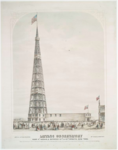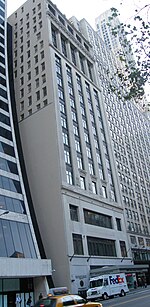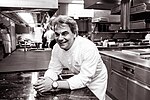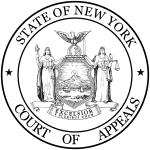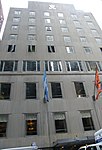Salmon Tower Building
1928 establishments in New York City42nd Street (Manhattan)Bryant Park buildingsCultural history of New York CityOffice buildings completed in 1928 ... and 2 more
Skyscraper office buildings in ManhattanUse mdy dates from February 2021

The Salmon Tower Building is a 31-story skyscraper located at 11 West 42nd Street and 20 West 43rd Street in Manhattan, New York City, near Bryant Park. It was designed by Albert J. Wilcox and finished in 1928. It was developed by a firm headed by Walter J. Salmon Sr. Directly to the west of the Salmon Tower Building is the former Aeolian Building, and to its east is 500 Fifth Avenue, also built by Salmon Sr.
Excerpt from the Wikipedia article Salmon Tower Building (License: CC BY-SA 3.0, Authors, Images).Salmon Tower Building
West 42nd Street, New York Manhattan
Geographical coordinates (GPS) Address External links Nearby Places Show on map
Geographical coordinates (GPS)
| Latitude | Longitude |
|---|---|
| N 40.75416 ° | E -73.98194 ° |
Address
Salmon Tower
West 42nd Street 11
10036 New York, Manhattan
New York, United States
Open on Google Maps
